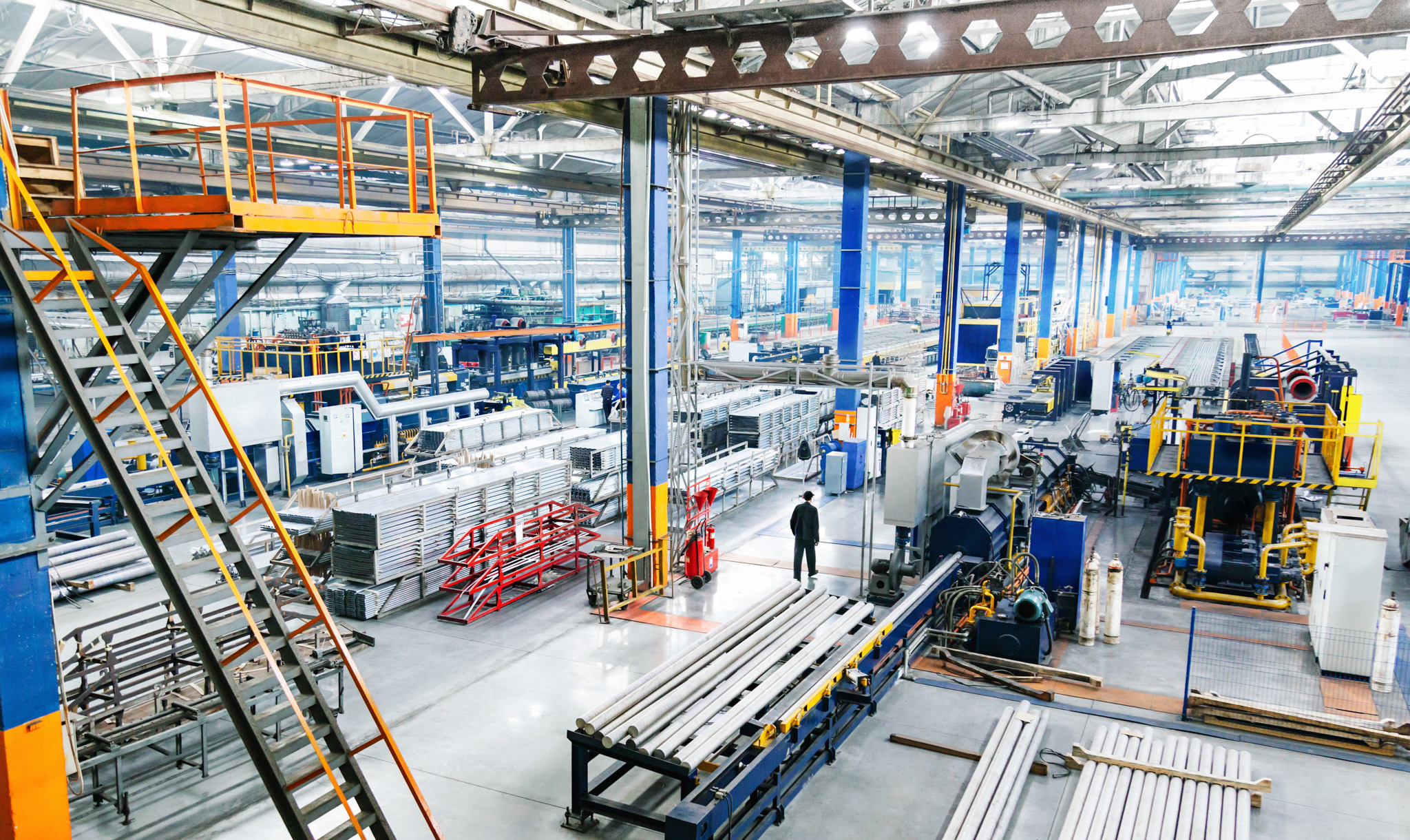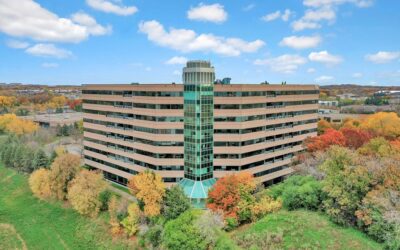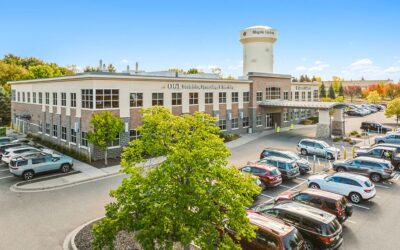NEWS POST
The Industrial Market’s Secret Sauce? Patience, and lots of it.

Why are “For Sale” industrial buildings so hard to find in the Twin Cities? The Twin Cities is not alone with its scarce supply of industrial buildings. It is the same story throughout the US, and it is not likely to get better any time soon. Prior to the outbreak of COVID, building owners could sell their existing building and find another building to buy in a reasonable amount of time, typically within a 12-month period. Now, there is no certainty of buying a building within a reasonable amount of time. In some cases, businesses search for several years before finding a suitable facility.
Several Factors Contribute to Low Supply of Industrial Space
Several factors are driving the low supply of industrial buildings. First, business and consumer demand for products either wholly produced in the US or with US manufactured parts has grown over the last five years. This trend started even before the COVID-induced on-shoring and near-shoring trends that are continuing today.
Second, e-commerce retail sales, as a percentage of total retail sales, have been climbing at an accelerated rate since 2018. Prior to that time, e-commerce sales had historically increased as a percentage of retail sales by one-tenth of a percent each year. However, in 2018, the trend began rapid year-over-year acceleration. In 2023, e-commerce represents 19.1% of all retail sales.
Lastly, demand for logistics, last-mile parcel delivery, automotive parts, and building materials have created competition for industrial buildings. These changes have increased the overall demand for industrial space, created high competition, and caused dramatic price increases for “For Sale” owner/user buildings. It’s true that many business owners want to buy a building rather than lease because of the financial benefits. In most cases, business owners own their building in a limited liability company (LLC) and the business pays rent to the LLC. The LLC income typically flows through the owner’s personal tax return and protects them from some liability. This is a great way for company owners to build wealth. So how does an owner get there?
Know Your Options: Leasing is still a good alternative
Since industrial buildings are hard to find, many companies are resorting to alternate solutions such as leasing a second location, expanding in place, or simply operating within their current real estate constraints. It’s possible this may be limiting their growth. One variable most businesses will not change is their location. Established businesses are very sensitive to changing locations, which may cause some key employees to leave.
A recent example of this much-needed patience with the industrial real estate market is an Eagan-based medical products company we have worked with for many years. The company needed additional space six years ago, but the space wasn’t available at their existing location. After much analysis, our client chose to expand in a building several blocks away. This was an imperfect, yet necessary intermediate step in the right direction. Most recently, we helped them consolidate these two locations into an ideal location with some room for growth. They are expecting a significant increase in sales and production because they have the appropriate amount of space now to accommodate equipment and personnel. Buying a building was never a consideration for this private equity-owned company, because of their philosophy is to invest in the business itself rather than real estate.
Hire a Trusted Partner
Whether your business philosophy is to buy or to lease, patience will be the key in today’s industrial real estate market.
- If owning a building fits your strategic direction, then start early. Ideally engage a qualified real estate professional two to three years before you need the space. It may take that long to find the right building in the right location.
- If leasing is a better strategy, know that lease rates are significantly higher than they were prior to COVID. Finding the right space could take up to two years.
Either way, a good real estate professional who specializes in your market sector and desired geography will make your search far more efficient and effective.
This article was featured in our Q4 Newsletter. Click here to view.
Written By: John Young, Vice President Real Estate Advisory
John has been involved in commercial real estate for 15 years. He serves and supports industrial clients to strategically align their business goals with their real estate needs.
Industrial Real Estate Advisory

John Young, CCIM
Vice President | Real Estate Advisory
News & Updates
Founders Properties to move to 6,500 sq. ft. in Eden Prairie
NEWS POSTFounders Properties to move to 6,500 sq. ft. in Eden PrairieMinneapolis (June 23, 2025) – Founders Properties, a privately held real estate investment management firm, has decided to move out of its long-time Minnetonka home to 6,500...
Forte Real Estate Partners Recognized as one of MSP Business Journal’s Best Places to Work
NEWS POSTForte Real Estate Partners Recognized as one of MSP Business Journal's Best Places to WorkMinneapolis (June 16, 2025) – Forte Real Estate Partners has been recognized for the third year in a row as one of Minneapolis/St. Paul’s Business Journal’s Best Places...
Arbor Lakes Medical Office and Grove Medical Traded in May
NEWS POSTArbor Lakes Medical Office and Grove Medical Traded in MayForte’s Steve Brown acts as CBRE’s local market expert in salesMinneapolis (June 9, 2025) – Steve Brown, principal – Forte, joined CBRE’s U.S. Healthcare Capital Markets...



